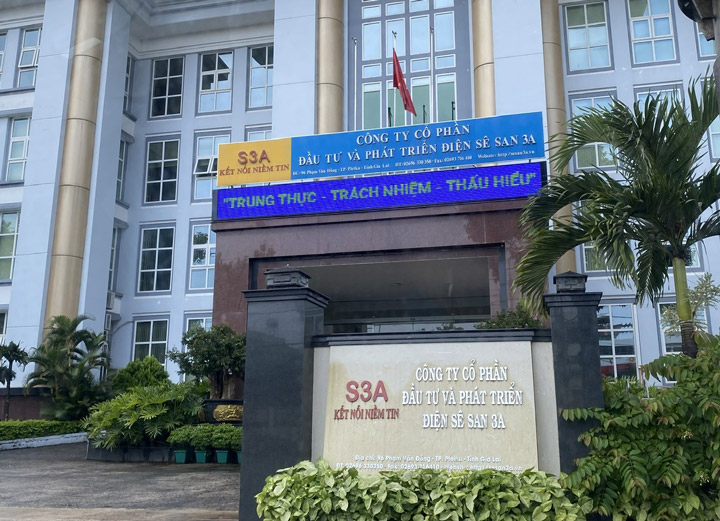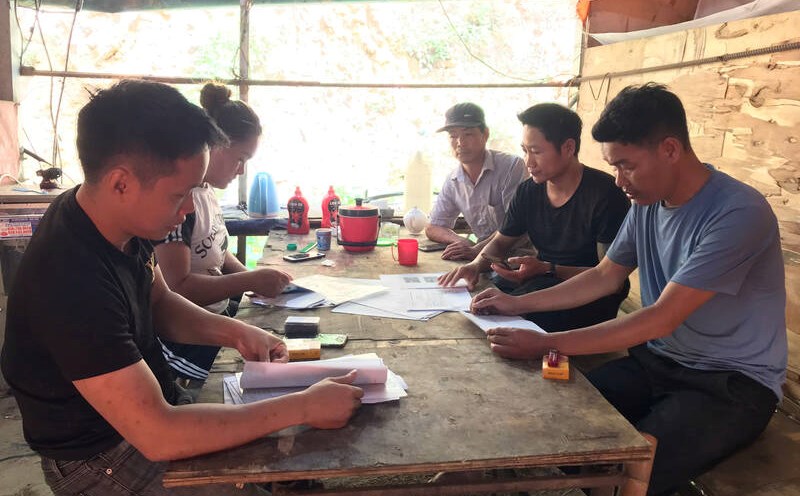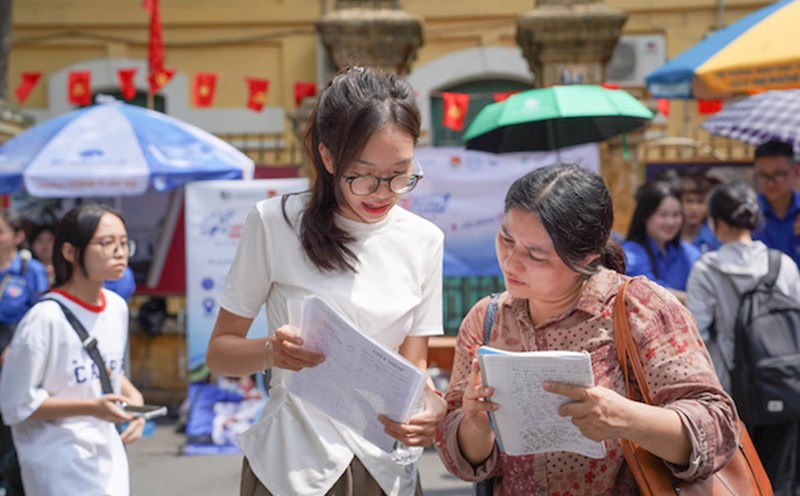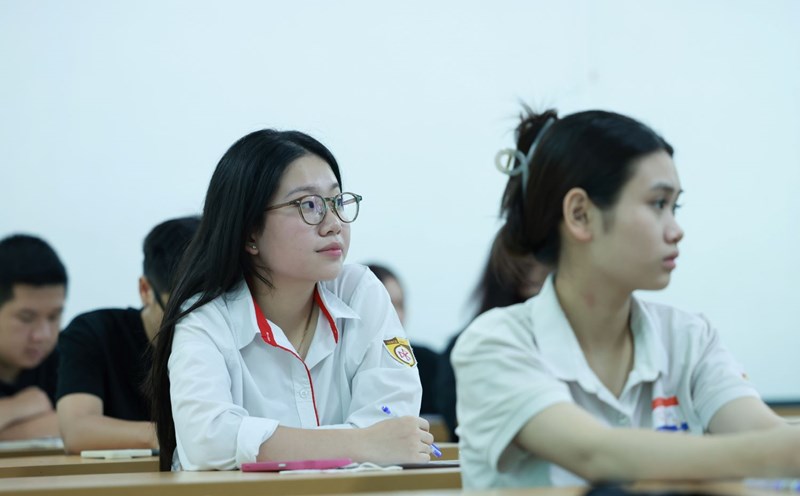Gia Lai enters the rainy season with continuous heavy rainfall. Large-scale hydropower investors such as Se San 4, Ialy, Se San 3... have prepared funding to monitor hydropower project items.
Se San Hydropower Development Company (Vietnam Electricity Group Branch) will monitor the subsidence, siltation, and erosion at the main dam, regulated dam and Sa Thay auxiliary dam; at the same time, monitor the lake bed, discharge channel, and downstream erosion holes of the Se San 4 hydropower project.
With an estimated budget of 2.9 billion VND, monitoring of deformation of Se San 4 hydropower project items in the 2025 rainy season will be carried out regularly according to the cycle.
In April 2025, Se San Hydropower Development Company also used about 1.9 billion VND to sign a contract with a unit with capacity and experience in inspecting the safety of the dam and reservoir of the Se San 4 hydropower project.

According to Mr. Doan Tien Cuong - Director of Ialy Hydropower Company, to ensure the safety of the dam during the flood season, the unit regularly organizes inspections of construction items through major repairs to fixed assets and pipeline items.
Ialy Hydropower Plant also signed contracts with capable units to provide non-destroying inspection services for items at Ialy and Se San 3 Hydropower Plants (with a budget of about 2.3 billion VND).
The amount of electricity produced from factories managed by Ialy Hydropower Company will reach 1.986 billion kWh in the first half of 2025, equivalent to 122% over the same period last year.
Of which, Ialy and Ialy Mo Hydropower Plants expanded to 1.348 billion kWh; Se San 3 Hydropower Plant reached 455 million kWh; Pleikrong Hydropower Plant reached 181 million kWh.
Gia Lai province currently has 7 large-scale hydropower plants invested by Vietnam Electricity Group (EVN), with a total capacity of 1,841 MW.
The People's Committee of Gia Lai province requires hydropower investors to comply with the reservoir operation process, ensuring the safety of dams during the rainy season. At the same time, units must coordinate to monitor the exploitation of mineral resources in hydroelectric reservoirs to avoid causing loss of state assets or violating the law.











